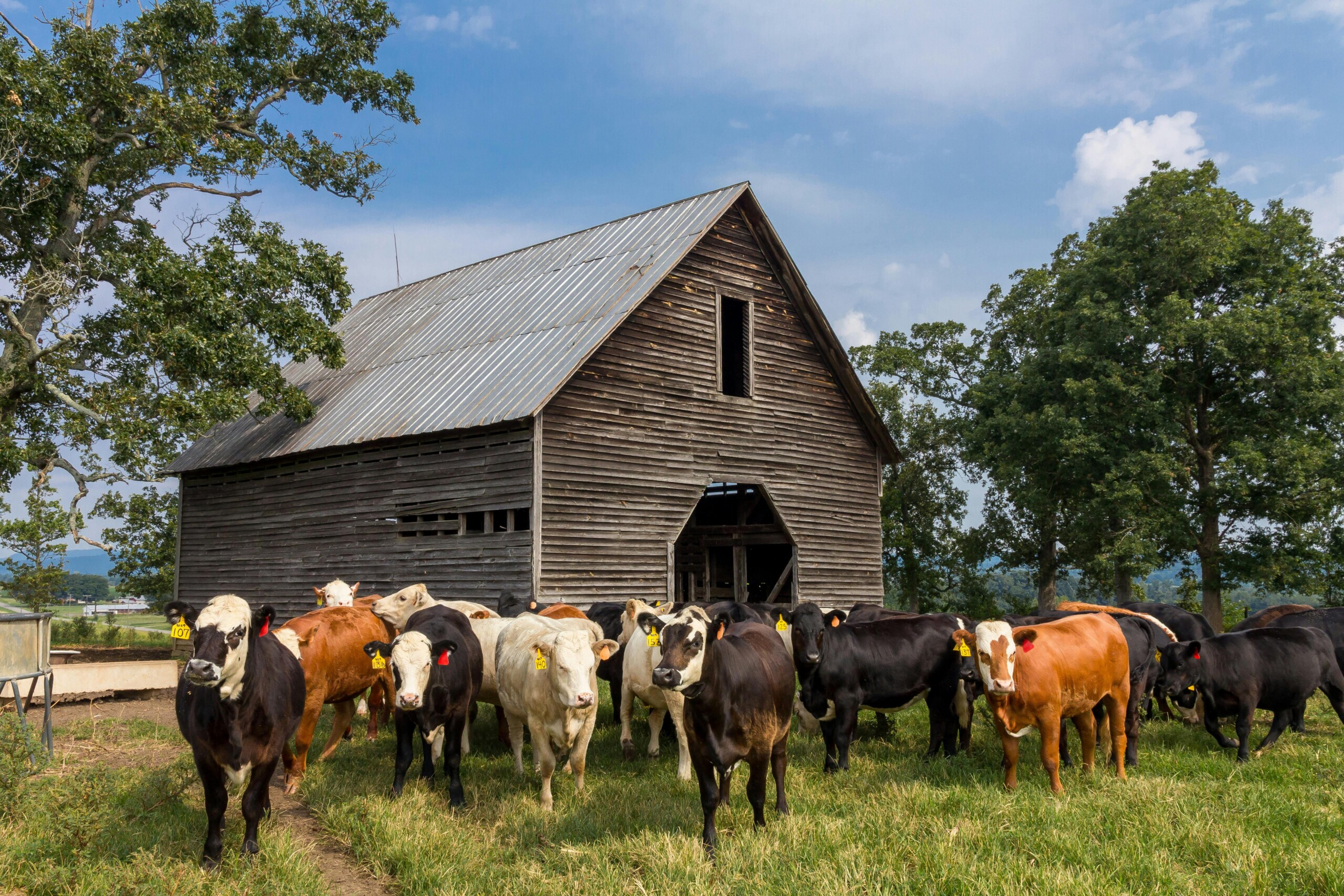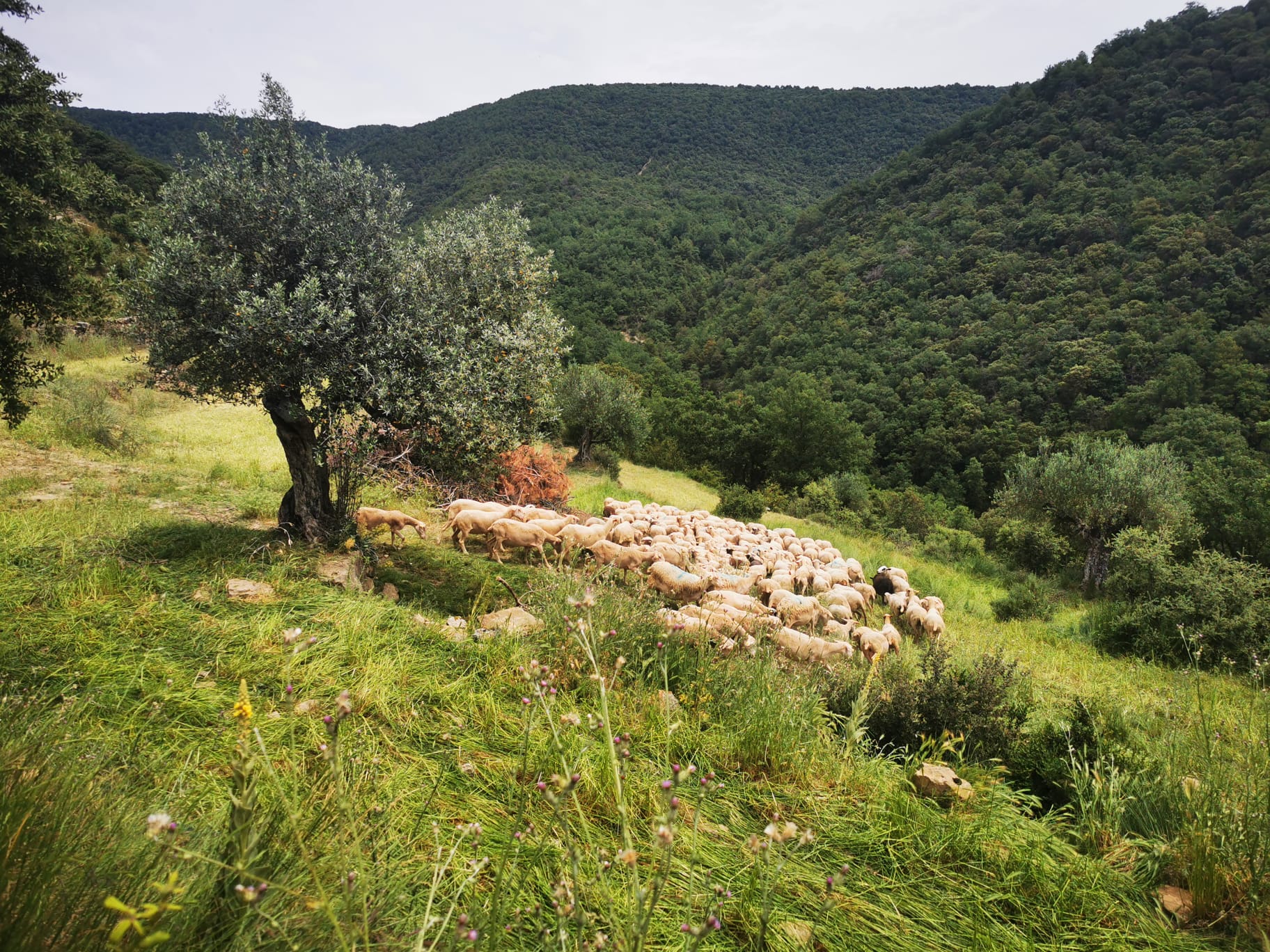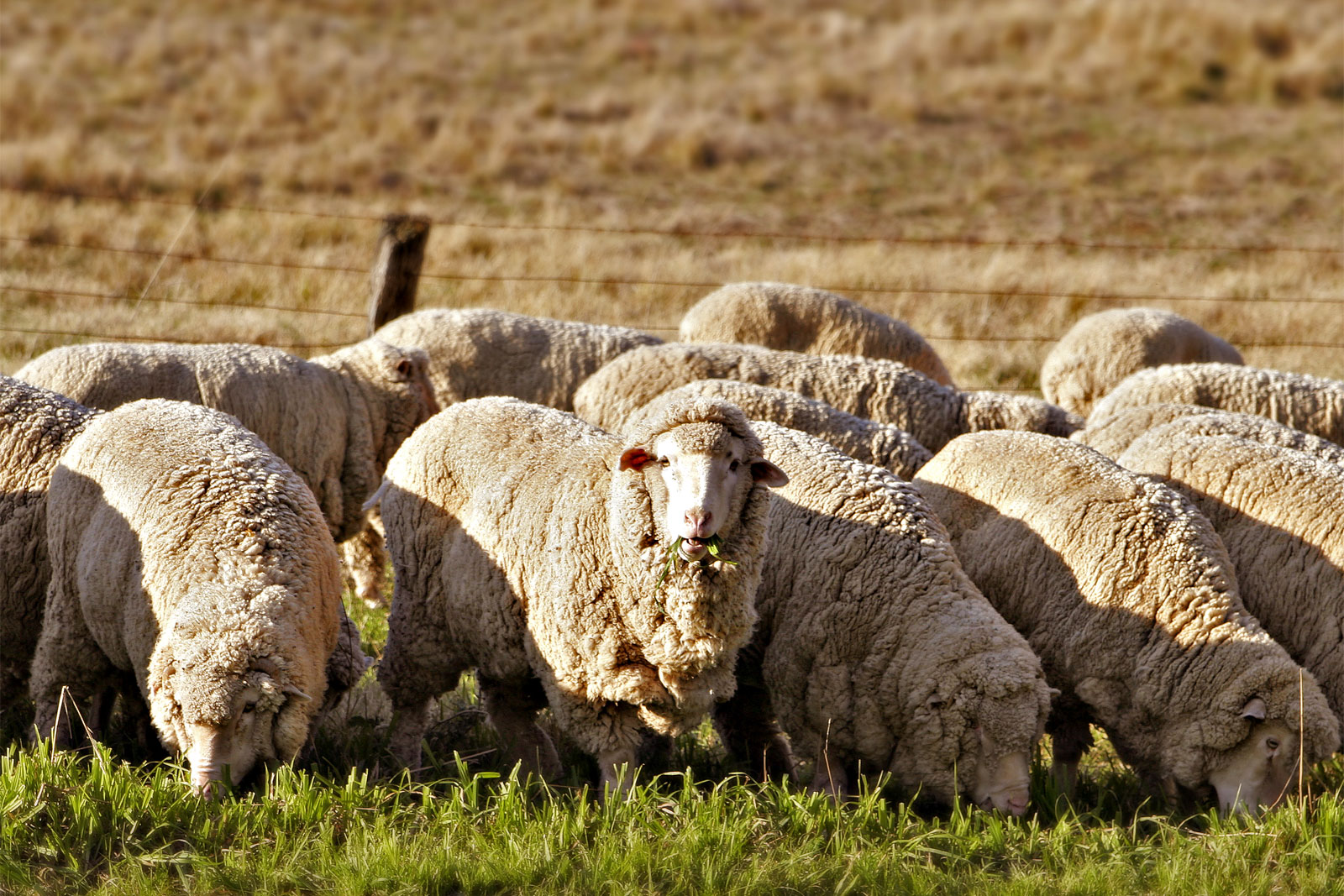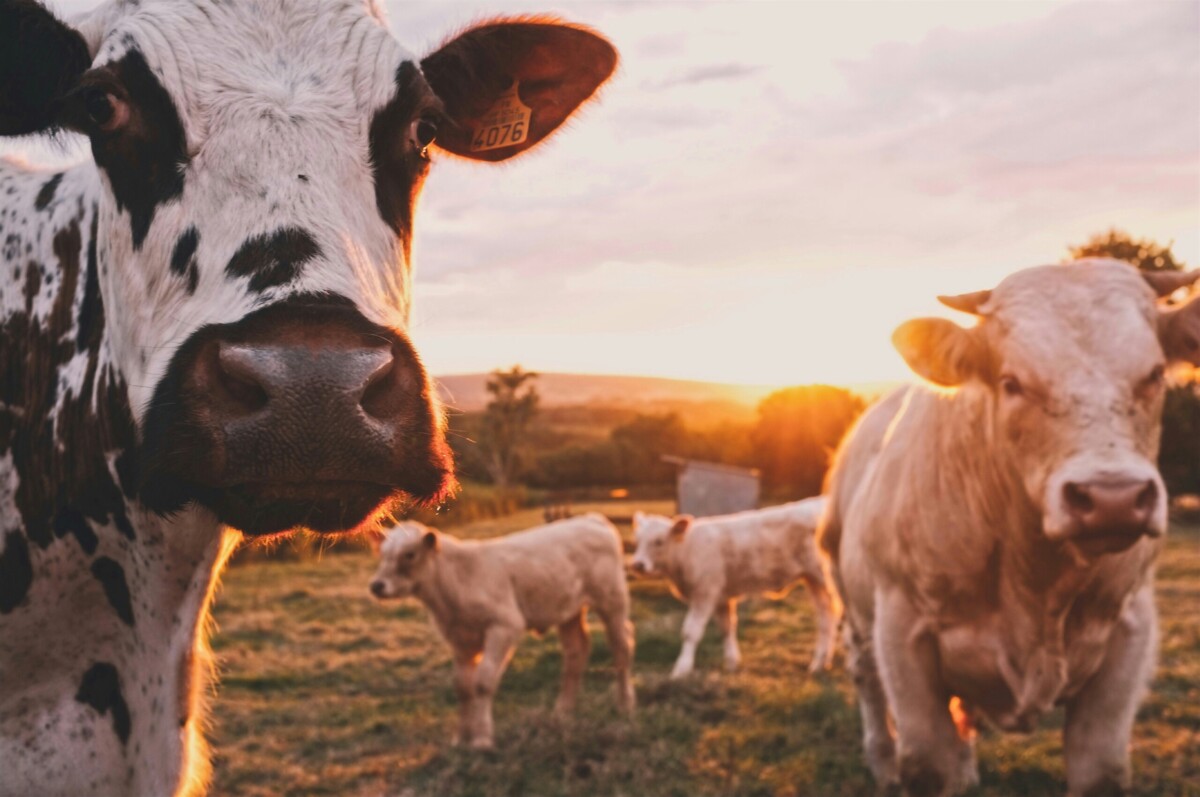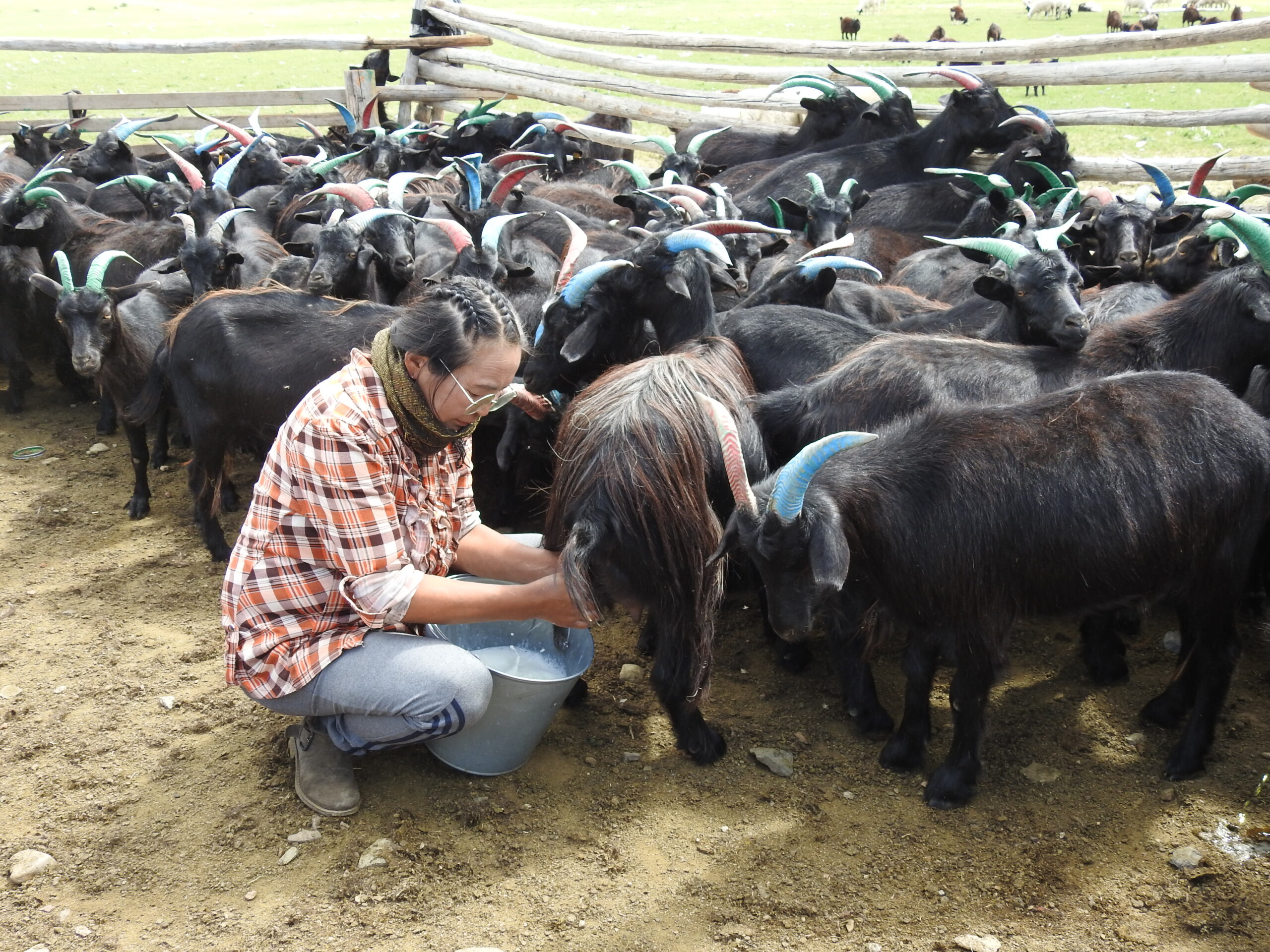
Photo: A nomadic woman cashmere goat herder in the Hövsgöl area of Mongolia; photo by Lucía López Marco, August 2019.
Highlighting the vital role of women in shaping a resilient future for our food systems
By Lucía López Marco, COO Datamars Sustainability Foundation
15 October 2025, International Day of Rural Women
When we speak about agriculture globally, the image that often comes to mind is overwhelmingly, stereotypically masculine: the rugged man on the tractor, the authoritative landowner selecting the crop, the stoic scientist presenting results at a conference. Yet if you walk through the fields, the markets, or the community gatherings that keep rural life alive, you’ll notice something else: Women are everywhere. They are diverse in backgrounds and roles, often invisible in statistics, but indispensable in reality.
In regenerative agriculture, this invisibility is slowly breaking down. Women are not only tending crops or supporting family farms; they are redesigning how farming itself is imagined. They are experimenting with soil health practices, creating local networks of support, and linking food production to care—for families, communities, and ecosystems.
In many rural contexts, care is the invisible thread that connects everything. Rural women are often the ones who nurture both people and landscapes—and in doing so, they also care for the animals that sustain and regenerate them. From tending small herds to managing integrated farms, women’s work embodies the understanding that healthy ecosystems depend on the harmony between soil, plants, and animals.
The real and potential impact of women in regenerative agriculture
The paradox is striking: globally, women comprise a significant share of the agricultural workforce, yet they often lack equitable access to land, resources, and decision-making power. According to FAO, women make up about 36% of agricultural employment worldwide. Still, they receive less pay: on average, women in wage employment in agriculture earn 18.4 % less than men, as shown in the FAO Status of Women in Agrifood Systems 2023 report.
This imbalance doesn’t only mean inequality; it also means untapped potential. Regenerative practices thrive on diversity, resilience, and long-term thinking—the very qualities women farmers and leaders consistently bring into focus.
Consider the women who introduce crop rotations where monocultures once dominated, or those who convince cooperatives to reduce chemical inputs and restore biodiversity. Their work rarely makes headlines, but it sends ripples through our landscapes: healthier soils, stronger rural communities, and new possibilities for younger generations.
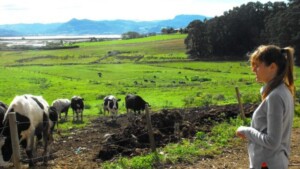
A woman farmer observes dairy cows grazing on vibrant pastureland in Cantabria, Spain, exemplifying regenerative livestock management and the region’s rich landscapes. Photo by Lucía López Marco.
Breaking barriers: access, equity, and innovation
To illustrate, the Women’s Empowerment through Climate-Resilient Agriculture program in West and Central Africa (run by UN Women) helps women gain access to land, finance, and markets. As a result, women have led adaptation in their communities, catalyzing improved productivity, higher incomes, and more resilient communities. In another example, the Groundswell West Africa AE+6 program found that integrating agroecological practices with strategies to empower women significantly strengthened the resilience of dry land farming systems and improved family livelihoods in the Sahel.
Meanwhile, in different countries, like the U.S., women-run farms and ranches are upending conventional agriculture. They are elevating Indigenous, African American, Latino, and Asian traditions that predate industrial agriculture, committing to regenerative practices, and catalyzing wider change in local food systems. These women emphasize collaboration, empathy, and long-term thinking, while contributing to healthier soils and more resilient food systems.
Supporting women = even more regeneration
Supporting women in regenerative agriculture is not simply about fairness. It is about effectiveness. Research shows that when women can make transformative decisions, adopt climate-resilient strategies, and control resources, welfare and sustainability improve.
As we face the challenges of climate change and food insecurity, we should look more carefully at who is at the helm and imagining alternatives. Many of them are women, rooted in the daily rhythms of farming life, while also daring to envision a resilient future for local and regional food systems. They are not waiting for permission. They are regenerating, here and now.

